How to light the spaces in your home
Different spaces in your home will need to be lit in different ways according to how you use the space, and the size and shape of the space. The various rooms in your house will always have specific uses that you will need to cater for when planning the lighting.
To start with, you should understand the four main functions of lighting. These are: ambient, task, accent, and decorative. Once you’ve got a good grasp of what lighting type to use and how to combine them for the best effect, you can start looking at your individual rooms to see what kinds of lighting best suit the space.
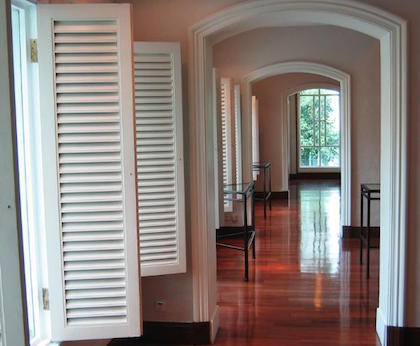 1 - Ambient Lighting
1 - Ambient Lighting
This is generally the overall light - or background light - used in a space. Ambient light doesn’t have a precise job to do, apart from allowing you to navigate the space without knocking things or stubbing your toe.
Examples of ambient lighting are big windows that let in natural light, a ceiling light that illuminates the whole room, or any other light or set of lights that illuminates a good portion of the room.
Ambient lighting should not cast any shadows over the space, but light everything in a general sense. A good option to remember for ambient lighting is to make it dimmable - this gives you control over how bright the ambient lighting is, and helps set the mood for the room depending on the way in which you wish to use it at that time.
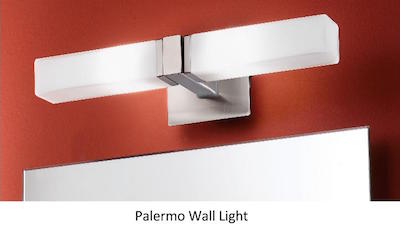
2 - Task Lighting
Also known as directional lighting, task lighting illuminates a particular, smaller space where you would normally carry out a task. This type of lighting is very important to most areas in your home - as there are very few rooms where you don’t need a more focused light for a specific task or activity.
A few examples are a reading light on your bedside table or office desk, downlights that shine onto the bench where you prepare food, or wall sconces at the bathroom mirror to light your skin care routine.
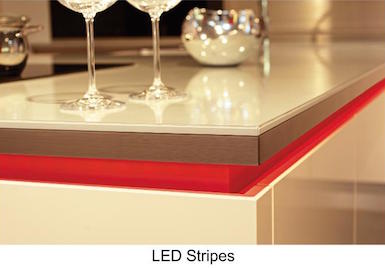 3 - Accent Lighting
3 - Accent Lighting
The third type of lighting is less functional, and more ornamental. Accent lighting is used to highlight certain features of your room, and is usually brighter than the ambient lighting so it will draw the eye. This type of lighting can be used to create drama in a room that might be a bit boring otherwise. Accent lighting can, however, add to the ambient lighting in a room simply by being lit.
The way you’d use accent lighting is to illuminate a piece of artwork by installing striplights behind the frame, show off contents of a cupboard or bookcase with lights inside the cupboard or around the edges, or feature a certain tree or area outside with a spotlight.
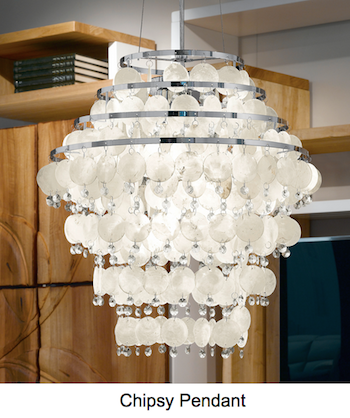
4 - Decorative Lighting
More often than not, decorative lights are just that - for decoration. They are pieces that draw attention to themselves by being bold, or colourful, or making a statement in some way. These light fixtures can act as the artwork for a room, at the same time as lighting the room - either ambient light or task lighting.
The most obvious form of decorative lighting is a big, opulent chandelier. You can also use pendant lights, wall sconces, or any other kinds of light fixtures that are showy, dramatic, and, well, decorative. An example of where this kind of lighting is used frequently is a big pendant over a dining table - it decorates the space and provides task lighting for people sitting at the table.
Lighting certain spaces
The first thing to remember about lighting any space is how much natural light you can get into the room. Natural light should always be the first port of call to light a room for many reasons, one of which being that it is free. This can be used as the ambient lighting in a whole room if the windows are big enough - though you will also need to consider night time lighting. Once you’ve taken the natural light into account, you can plan the rest of the lighting in the house.
With every room, you should try to layer different types of light to give a cohesive and considered “look” to your rooms. Always try to have your favourite areas lit well, and use a lack of light to hide areas that you like less, or that don’t need to be seen - like the toilet, laundry (if it is part of another room), or rubbish bin (if it’s not concealed).
Here are a few tips for some key areas in the home.
Living Room
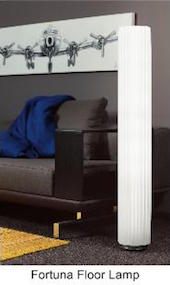
The living room is a space where you can use lots of different types of lighting, as it is generally a larger room that is used quite frequently by everyone. Some sort of ceiling light - a pendant, oyster, or downlights - can act as the ambient lighting, ensuring that one light reaches the whole room sufficiently, or get more than one for really big spaces. Wall sconces, or larger floor lamps, can also be used as ambient lighting if placed the right way so they illuminate a good area of the room without casting shadows around. It is best to put these lights on a dimmer switch so you can control what level of light they put out.
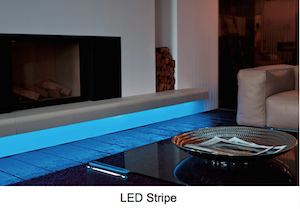
Pairing this lighting with some smaller lamps - either on a side table or floor lamps - for illuminating particular spots used for reading or writing etc. will work well to layer the lights in the room. Layer this again with some accent lighting around artwork or another focal point to show it off. Your pendant or wall sconces can be the decorative aspect of the room - though there is no need to have all four types of lighting in one room if it doesn’t fit or work right.
Dining Room
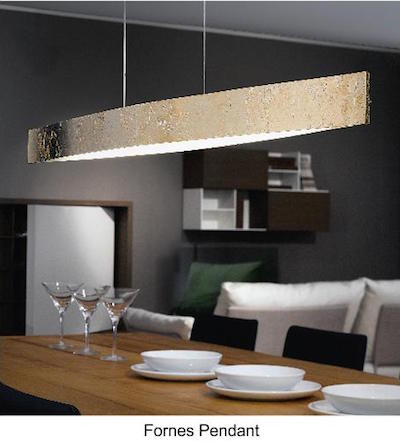
This room is a little easier to light, as there are fewer things to do in a dining room. You will generally be using this to dine, or do other little things at the table - and there might be some other furnishings around the edges of the room. Firstly, you need to light the main area - the dining table. The most common form of lighting is a decorative pendant hanging above the table. This can take any shape or size that will suit your room, but it will also act as a task light so you can see while sitting at the table. Alternatively, a chandelier can work here too, if it casts enough light on the table.
If you have a rectangular table, the pendant should be a similar shape - or use two or three smaller ones along the table. For a square or round table, a single pendant or a cluster of smaller pendants will work. The height should be roughly 70-82cm (28-32 inches) above the table - depending on the height and preferences of the people using it most often. Having this on a dimmer switch is also good so you can control how bright the light is depending on how you are using that room at that time.
Other lighting to complement the pendant can be subtle lighting along the walls or in the corners of the room. If there are any cabinets, cupboards, or anything similar, you could use some accent lighting inside them to add that extra layer of lighting.
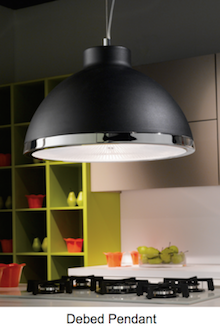
Kitchen
So many different things go on in a kitchen that you do need a few different kinds of lighting in here. You’ll need general ambient lighting to get around the room, task lighting on the sink, food preparation area, and anywhere else that is used for a particular purpose, as well as layering well to make sure it all looks good and cohesive.
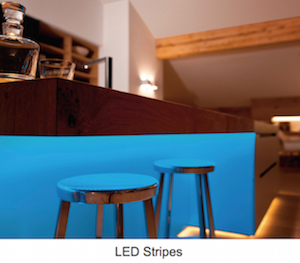
If you have an island counter, you might consider a pendant or two to light that area - this can specifically light the counter workspace as well as provide ambient - and decorative - lighting for the rest of the room as well. If you are looking at using pendants, be wary not to overuse them - if your dining room comes off the kitchen and that has a pendant too, it might make the ceiling a little busy and cluttered if they’re too close together. You can use recessed lights or flush mounted lights on the ceiling for ambient lighting instead.
Installing strip lights or downlights underneath your cabinets is a good way to light your benchtops too - or if you have enough space, a wall sconce could work in your most-used area. Accent lighting inside the cupboards works well in a kitchen too - or between the cupboards and the ceiling, or the bench and the floor, for that glowing effect.
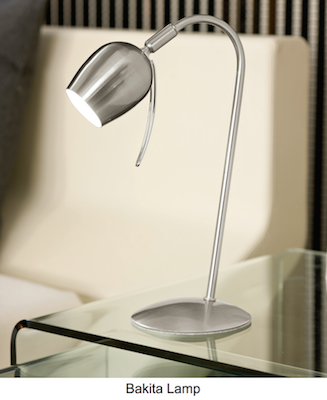
Bedroom
This is a room that won’t need as much lighting as other areas. Your main aspects of lighting will include some form of light beside the bed, some to light where you get dressed, and maybe a little more if you have a reading chair or a study desk in your bedroom.
You can use some overhead lighting - like downlights, a subtle pendant, or flush mounted ceiling light - just to illuminate the room for use while you are not in bed. This doesn’t have to be as bright as the ambient lighting in your living or dining rooms - just enough to see easily. Then you will need some sort of light at your bedside - this can be lamps on the bedside tables, wall sconces next to your bed, or even low-hanging pendants can look great if that suits your taste. One thing to avoid is having overhead lights shining directly down onto you in bed - have the ceiling lights away from the bed, more in the area you’d be dressing in or moving around in more.
If you have a study desk or a reading nook away from the bed, some simple task lighting here is a must. Just a floor or table lamp will suffice - or sometimes a wall-mounted lamp is a good space saver for small desks.
Bathroom
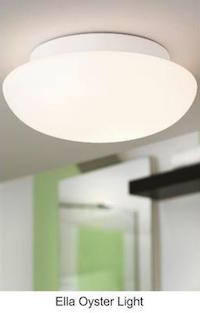
While the bathroom is typically one of the smaller rooms in a house, you still need a decent amount of light. Having a big, open window in a bathroom is not everyone’s cup of tea, so you will most likely need a general light for ambient lighting, and some task lighting - the amount of task lighting depends on the size of your space.
Firstly, a ceiling light to give you general light in the room is a good option. A 3 in 1 bathroom light, heat, and exhaust fan is what you’ll find in lots of bathrooms - with good reason, as they are incredibly functional while still looking sleek and stylish. Depending on how big your bathroom is, you can get these 3-in-1s with either 2 lights or 4, so your ambient light will be pretty covered.
The next important lighting feature of a bathroom is task lighting - particularly around the mirror.
Ever fix your hair and face in the bathroom, then walk into another room with better light and realise you look ridiculous? Just me? Well, maybe I need better vanity lighting. Having a set of wall lights either side of and above the mirror/vanity will definitely please anyone who spends time in front of the mirror.
If the combo of your ceiling light and the vanity lighting isn’t enough for your room, consider putting in a downlight or two above the shower to add that little bit of extra light.
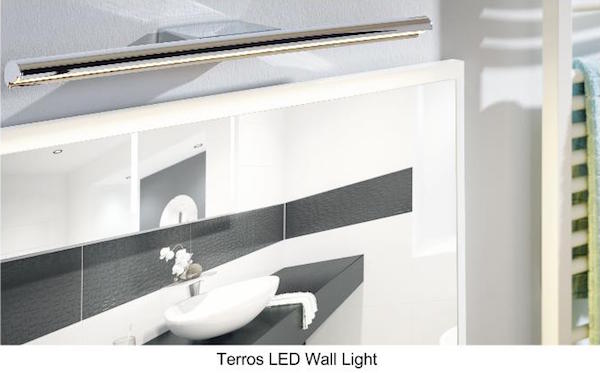
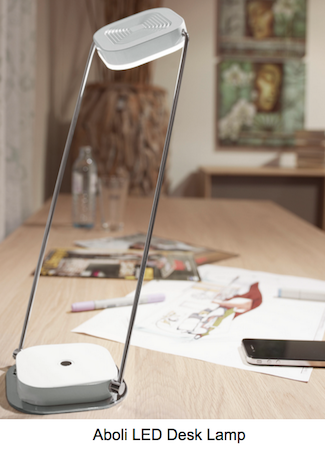 Study/Home Office
Study/Home Office
It is likely that you do a range of different activities in your home office, so the lighting in that space needs to cater for all the different things you do in there. This range of activities could include reading, writing, using a computer, drawing, and many more things unique to you and your family. As always, natural light is your best bet - and natural light can also make you more productive, so if you’ve got nice windows in your study, it is good to utilise them as much as possible.
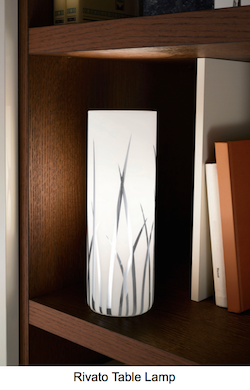
Try to position your main work area so that the natural light shines on it, but not directly onto your computer screen, as this can cause an unsightly glare. The same goes for placement of other lights in the room. If you choose ceiling lights as your ambient lighting, try not to have them shine directly onto your screen - a bad glare can negatively affect your eyesight and cause fatigue. You want to aim for even, warm light throughout the room.
Each separate space within the room you use for different activities will need task lighting of its own. Desk lamps are good for lighting your computer space, writing or drawing space, and any other task you perform at a desk. If your desktop space is limited, a wall sconce is a good alternative to a desk lamp. For a reading nook or just a simple, comfy chair away from your desk, a floor lamp or pendant can prove good task lighting for reading, and will help light your bookcase too when you are trying to choose what to read.
Outdoor Patio/Entertainment Area
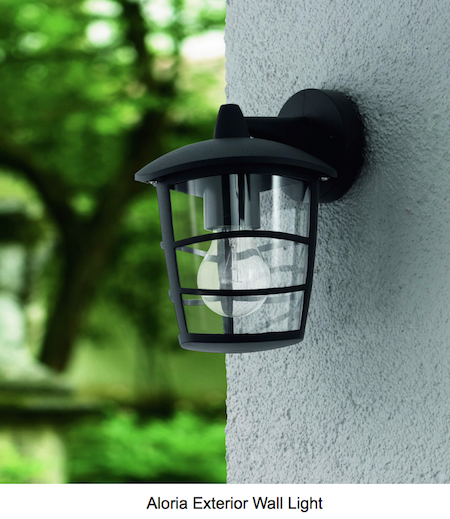 The lighting in your outdoor entertainment area will vary greatly depending on the type of space you have, the size, and the way it was built. While we can offer some ideas for lighting an outdoor patio or entertainment area, the range of choices is so large that we’d need to see your specific space to offer any real advice. Of course, this goes for any house or room, but outdoor settings can be so widely different from each other, whereas inside you will normally have a ceiling, at least a wall or two, and floor on which to put lights.
The lighting in your outdoor entertainment area will vary greatly depending on the type of space you have, the size, and the way it was built. While we can offer some ideas for lighting an outdoor patio or entertainment area, the range of choices is so large that we’d need to see your specific space to offer any real advice. Of course, this goes for any house or room, but outdoor settings can be so widely different from each other, whereas inside you will normally have a ceiling, at least a wall or two, and floor on which to put lights.
That being said, here are a few common settings that can work for you. If you have a proper roof over your outdoor area, a range of ceiling lights are available to you. You can use a similar style of pendant over the eating area as you might have in the dining room, or recessed lights for a more laid-back feel outside. If your space is more open with rafter-style overhead coverings rather than a full roof, string lights around the edge, or strung up across the middle, will create a nice, laid-back feel with a functional side too.
Lantern style wall sconces are good for casting a glow over an area if you have no roof structure to fix lights to. Other options for lighting can be low lighting - like spotlights in the garden bushes, or path lights. The options really are wide and you can find many types of lighting to suit your tastes.
With this information at hand, lighting your home should, hopefully, be a little easier. With the different types of lighting and all the different ways you can achieve that lighting, you have every opportunity to make your home your own - your style and taste can come through no matter what type space you are lighting, and what lighting options you choose.


